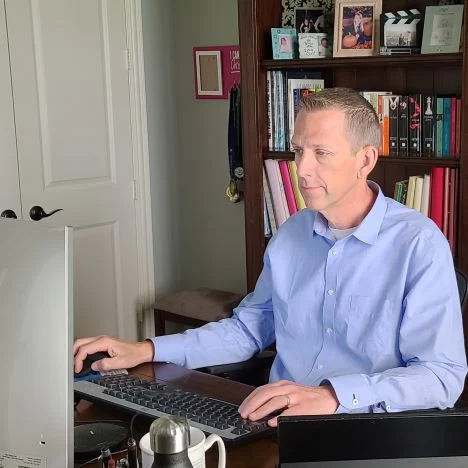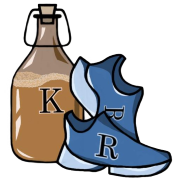In November 2006, I crossed the finish line of my very first marathon. It was a huge milestone. I had trained hard, hit my goal, and after the race, I did what a lot of first-time marathoners are told to do: I took it easy.
In fact, I took it really easy.
The Year I Took a Break
2007 turned out to be a low-key year for me running-wise. I didn’t have any major races on the calendar. Looking back at my race history on Athlinks, I ran just four 5Ks the entire year. My times ranged from 23 to 30 minutes. That 30-minute one? I’m guessing I ran it with someone else—I don’t remember slowing down that much.
After the marathon, I took a full month off. I had read in Runner’s World and some of the marathon training books that post-race recovery was critical. I’d heard about microtears in the muscles, kidney strain, and other physical tolls a marathon can take on the body. I didn’t want to rush back too soon.
But one month turned into two. Then came the holidays. You know how that goes—family, food, a few holiday spirits, and next thing you know, it’s March before you lace up the shoes again.
Something Was Off

Even though there wasn’t anything unusually stressful happening at work in 2007, I found myself struggling. Meetings that wouldn’t normally bother me suddenly did. I’d feel agitated or overwhelmed by things that, in hindsight, weren’t a big deal. I’d find myself needing to lie down or take a break just to mentally reset.
At the time, I didn’t connect the dots. But in 2008, when I started training again and got back into my regular running routine, the picture became clearer. Don’t stop moving.
The Stress-Exercise Connection
As I built my mileage back up, I noticed a shift—not just physically, but mentally. The stressors of daily life didn’t seem to get to me in the same way. I had more patience, more clarity, and a greater ability to handle the unexpected.
That’s when I truly understood the power of exercise—specifically aerobic movement—for stress management.
Sure, I had read about the “runner’s high” and the mental health benefits of exercise, but it wasn’t until I experienced both the absence and the return of it that I realized how essential it was for me. Running helped clear my head. On tough days, solutions to problems would come to me mid-run, almost out of nowhere. It’s like the brain shifts into a higher gear when the body is moving.
Don’t Stop Moving—Just Slow Down When Needed
From that point on, I made running a permanent fixture in my life—not just for physical health or race goals, but for my mental balance. As a husband, father, employee, and friend, I just show up better when I’m consistently moving.
That doesn’t mean you need to hammer out 40 miles a week every week. Rest and recovery are important, too. But what I’ve learned is: don’t stop completely.
When I took that break after my first marathon, it was actually a bit depressing to start over. I had lost some cardio conditioning, gained a few pounds, and runs just didn’t feel as smooth. But the upside? As I rebuilt my base in 2008, I unknowingly laid the foundation for what became my fastest running year ever in 2009—a story I’ll share in a future post.
Movement Is Medicine
Whether it’s running, cycling, swimming, or walking—don’t stop moving. As I’ve gotten older, walking has become an important supplement to my runs. It’s not always about going fast or far. Sometimes it’s about simply showing up, getting outside, and giving your body the motion it craves.
So if life feels heavy, or you’re noticing the little things are getting to you more than they should, check in with your movement. Start small. Even a daily walk can make a world of difference.
Let me know what works for you. Whether it’s running or another form of exercise, I’d love to hear what helps you stay balanced in the comments below.
Until next time—keep moving.

Leave a Reply
You must be logged in to post a comment.